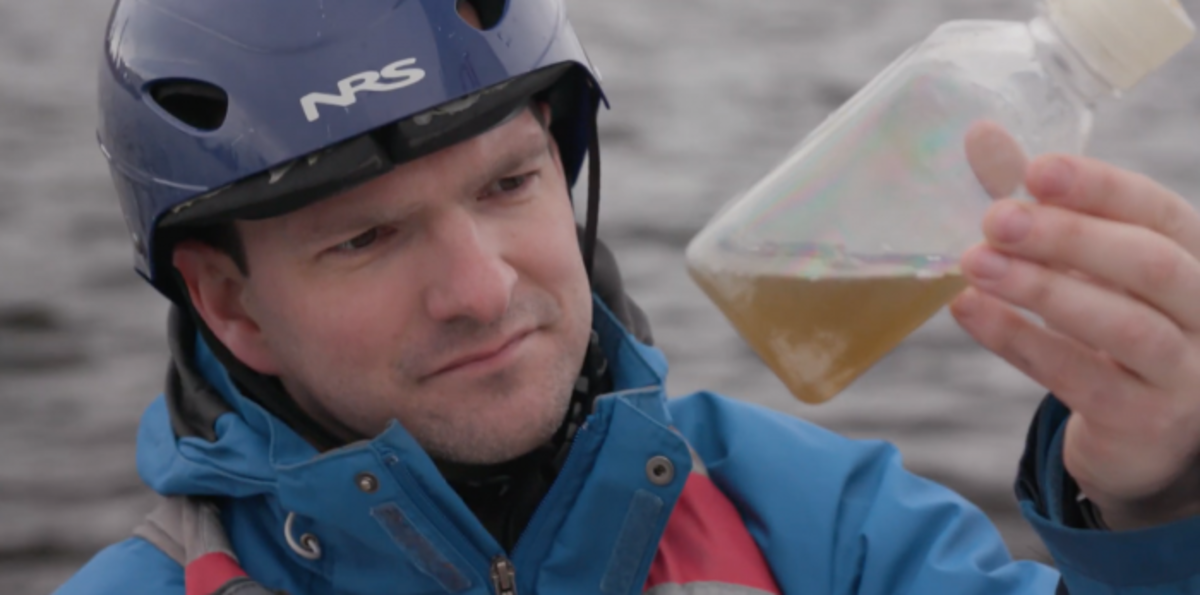PAOC Spotlights
The Color of Climate Change

Phytoplankton, also known as microalgae, are not only beautiful, but are the base of the marine food chain, provide much of the world’s oxygen, and capture atmospheric carbon dioxide, which contributes to climate change. The amount and different types of these phytoplankton in the ocean affect the color of the water, causing it to appear greener if they’re abundant or bluer if they are more scarce.
These subtle changes in color interest MIT EAPS oceanographers Stephanie Dutkiewicz, Oliver Jahn, and Jonathan Lauderdale. They model how phytoplankton populations may be affected under different climate change and CO2 conditions into the future. The group works to understand the dynamics of the ecosystems and the climate system because changes to the numbers and distribution of these organisms can have ripple effects for years to come.